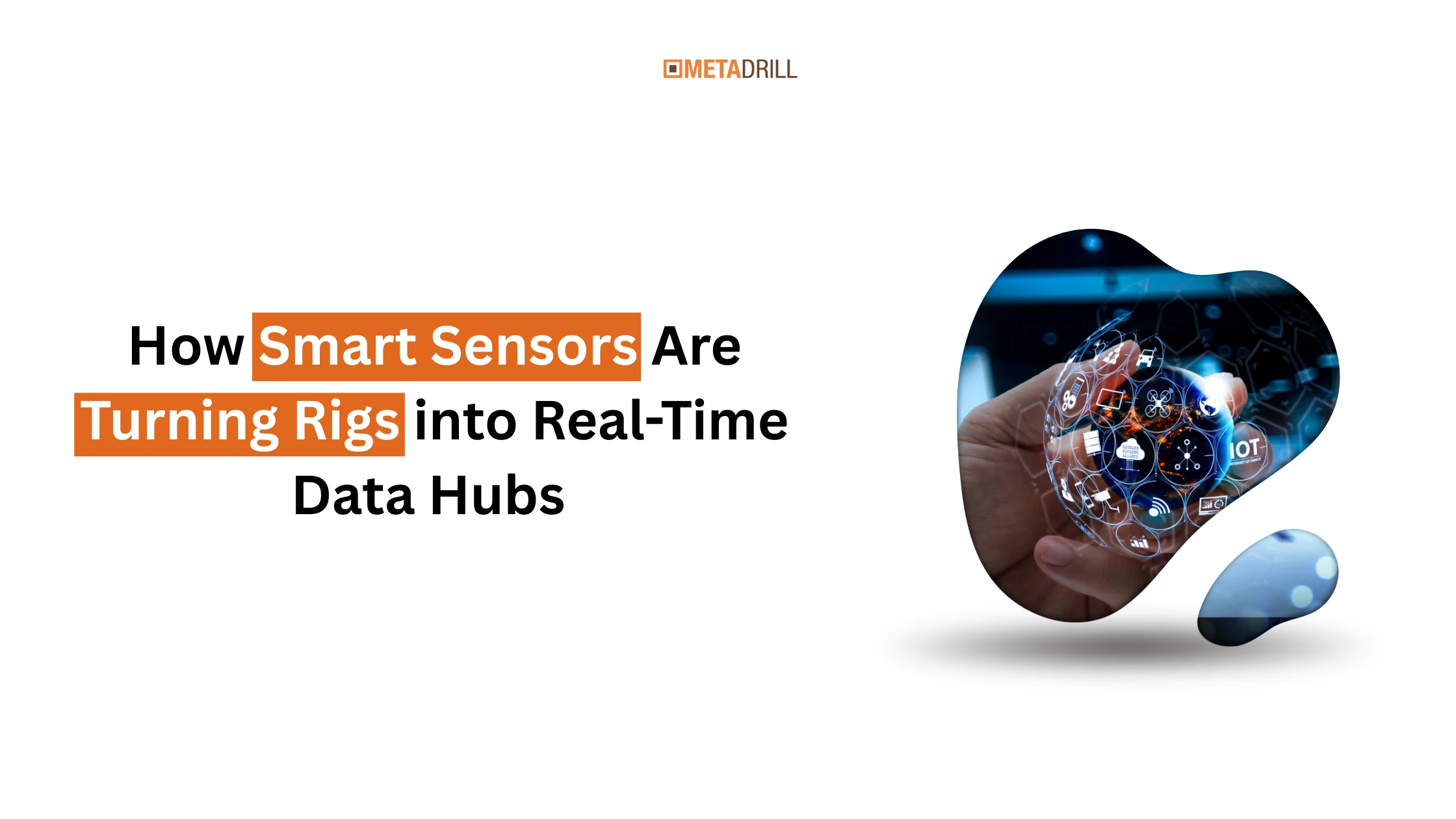
Smart drilling technology is changing drilling from old manual methods to modern, sensor-based systems. Now, rigs do not just dig—they collect data and help operators make better choices. From a geotechnical drill project to big resource exploration jobs, rigs are becoming smart machines that improve safety, save time, and work more efficiently.
What Is Smart Drilling Technology?
At its core, smart drilling technology means using digital sensors, analytics, and AI tools to make drilling better. Older rigs depended on manual notes and guesswork. Modern rigs place sensors inside drilling rig equipment to track torque, pressure, vibration, and drilling speed in real time.
The data is sent to dashboards where engineers can act immediately. For example:
Detecting rock hardness before the drill bit breaks.
Spotting sudden pressure could be dangerous.
Changing drilling speed to save time and reduce wear.
These tools turn a normal drill rig into a smart digital machine.
Why Smart Technology Matters in Drilling?
The drilling industry faces stricter rules, higher safety needs, and cost pressures. Old rigs cannot always meet these demands.
Smart drilling technology offers clear benefits:
Accurate Data Collection – Sensors record small details about soil and rock, far more precisely than manual methods.
Better Safety – Sensors track vibration, stress, and pressure to prevent accidents.
Less Downtime – Predictive tools show when drilling rig equipment needs repair before it fails.
Lower Costs – Efficient drilling saves energy and extends the life of geotechnical drill bits and rigs.
Geotechnical Applications
In civil engineering, geotechnical drill projects need very accurate results. These projects support skyscrapers, bridges, and tunnels, where mistakes can be costly or unsafe.
A Geotech drill rig with smart sensors can:
Monitor soil strength to predict ground settlement.
Track drilling depth and angle to stay within design rules.
Report groundwater levels instantly for better water control.
These features help engineers build faster, safer, and more reliably.
Exploration Drill Rigs and Resource Development
Mining and resource projects depend on exploration drill rigs, but underground layers can be hard to predict. Errors in drilling can cost a lot of money.
With smart drilling technology, companies can:
Make geological maps in real time instead of waiting for lab results.
Adjust drilling quickly when new ground layers are found.
Use less energy, lowering costs for fuel and equipment.
This is especially useful in remote locations, where every mistake is expensive.
The Role of Drilling Rig Equipment in Smart Operations
Today, most drilling rig equipment can include sensors. Drill bits, pumps, and rotary systems all send real-time data to operators.
For example:
Rotary systems can show an imbalance before a failure.
Drill bits can report how fast they are wearing down.
Pressure sensors can prevent leaks in hydraulic systems.
With these smart upgrades, a drill rig becomes a machine that can check itself and adjust while working.
The Manufacturing Shift Toward Smart Rigs
Modern drill rig manufacturers are designing rigs that are smart from the start. They meet the demand for machines that not only drill but also deliver data.
New innovations include:
Sensors that are easy to install and upgrade.
Hybrid power systems to reduce environmental impact.
AI dashboards that give predictive drilling advice.
Today, manufacturers compete to build exploration drill rigs and Geotech drill rig systems that fit into modern digital construction and mining.
Real-Time Data as a Strategic Asset
One of the biggest advantages of smart drilling technology is real-time data. Rigs no longer just perform drilling—they create useful information.
Engineers use the data to design better structures.
Project managers track costs, timelines, and productivity.
Regulators use digital logs to ensure safety and compliance.
Data is not just a byproduct anymore—it is a valuable resource.
Challenges in Adopting Smart Drilling
Adopting smart drilling technology also has some challenges:
High Costs – Adding IoT and sensors to rigs can be expensive.
Training Needs – Crews must learn how to read dashboards and data.
Connectivity Issues – Remote drilling areas may lack good internet access.
Even with these problems, the long-term gains—safety, efficiency, and lower costs—make smart rigs worth it.
Future Outlook: Smart Rigs and AI
In the future, smart drilling technology will connect closely with artificial intelligence. AI will study large amounts of drilling data and guide rigs automatically.
Smart rigs could:
Change drilling angles by themselves for better results.
Predict underground surprises before they happen.
Create digital twins of sites for planning and simulations.
This means every geotechnical drill and exploration drill rig could act like a smart partner instead of just a tool.
You can also check: Breaking Habits: How to Avoid the 10 Most Costly Mistakes in Diamond Core Drilling
Final Thoughts
Drilling is no longer only about strength and manual notes. With smart drilling technology, rigs are now smart and connected. They collect and use data in real time. From small geotechnical drill projects to large exploration work, modern drill rig equipment helps companies stay safe, save time, and work better.
As drill rig manufacturers improve their designs, the gap between normal machines and smart systems is getting smaller. For businesses that adapt, rigs will not just be tools—they will be important assets that change how we dig, build, and manage the ground below us.
Question to the public:
See how smart drilling technology is turning Geotech drill rigs into real-time data hubs, making drilling safer, more accurate, and more efficient.